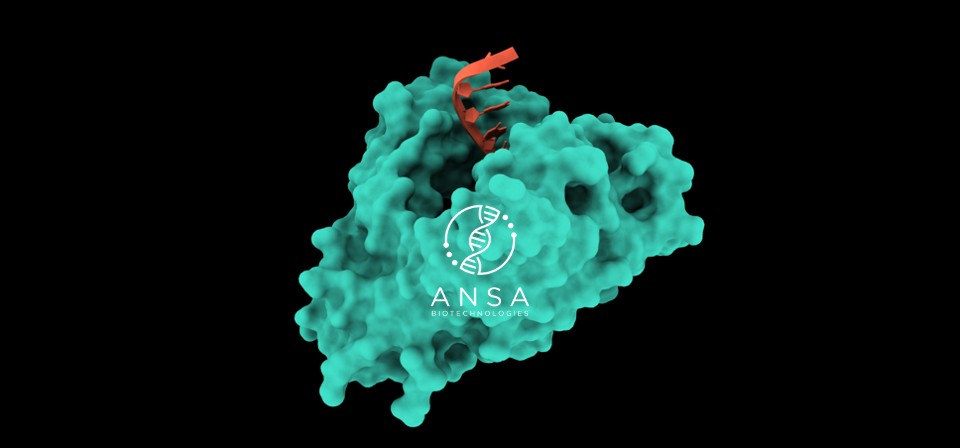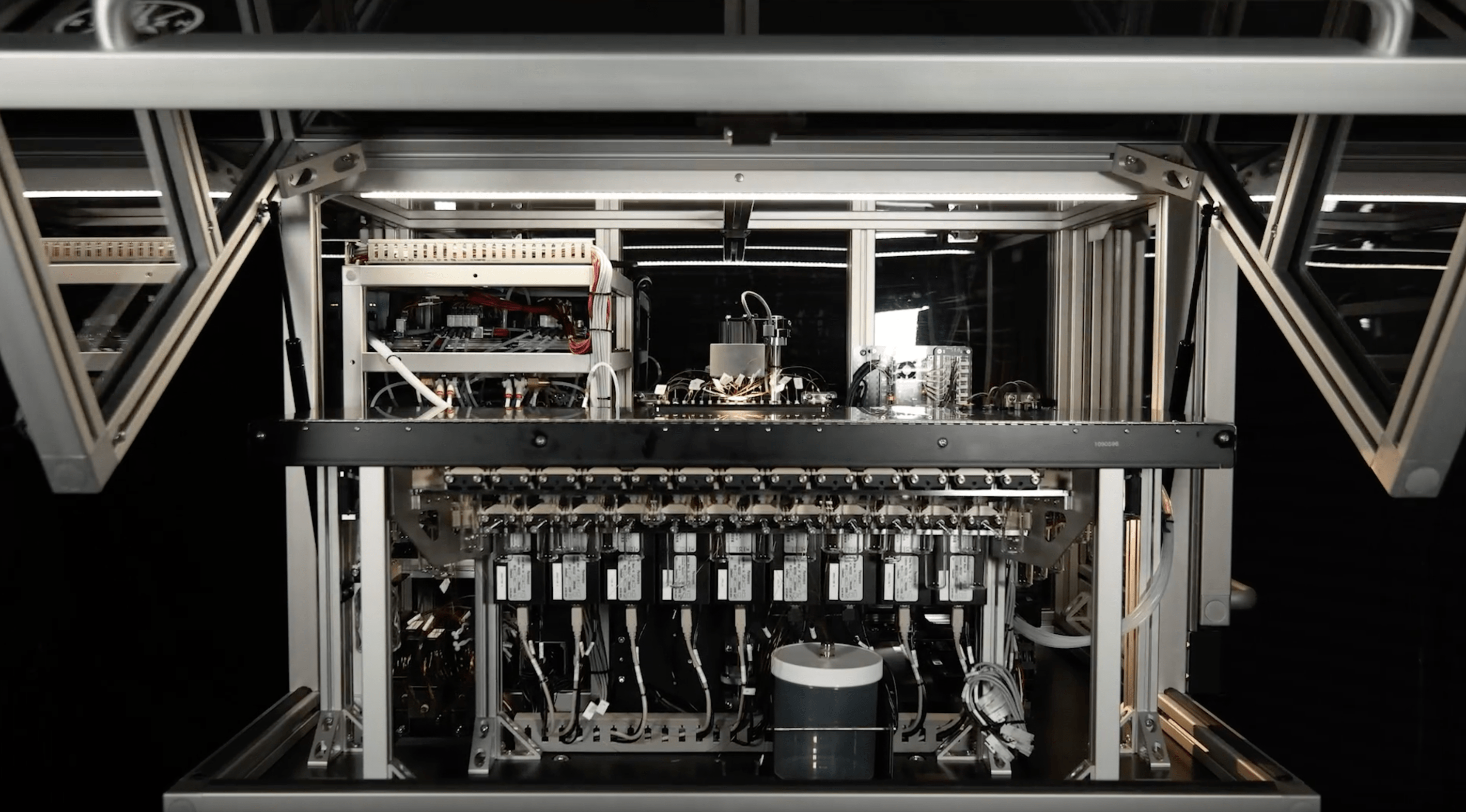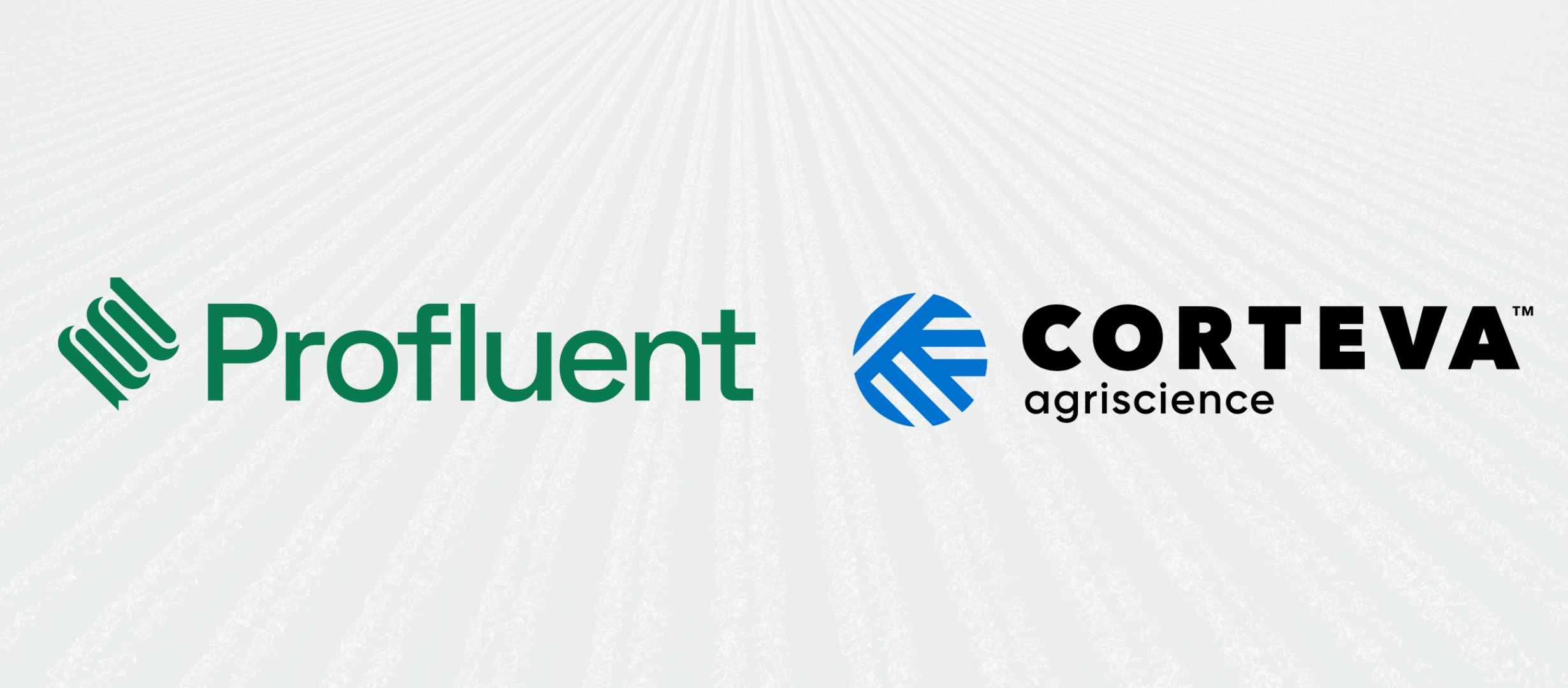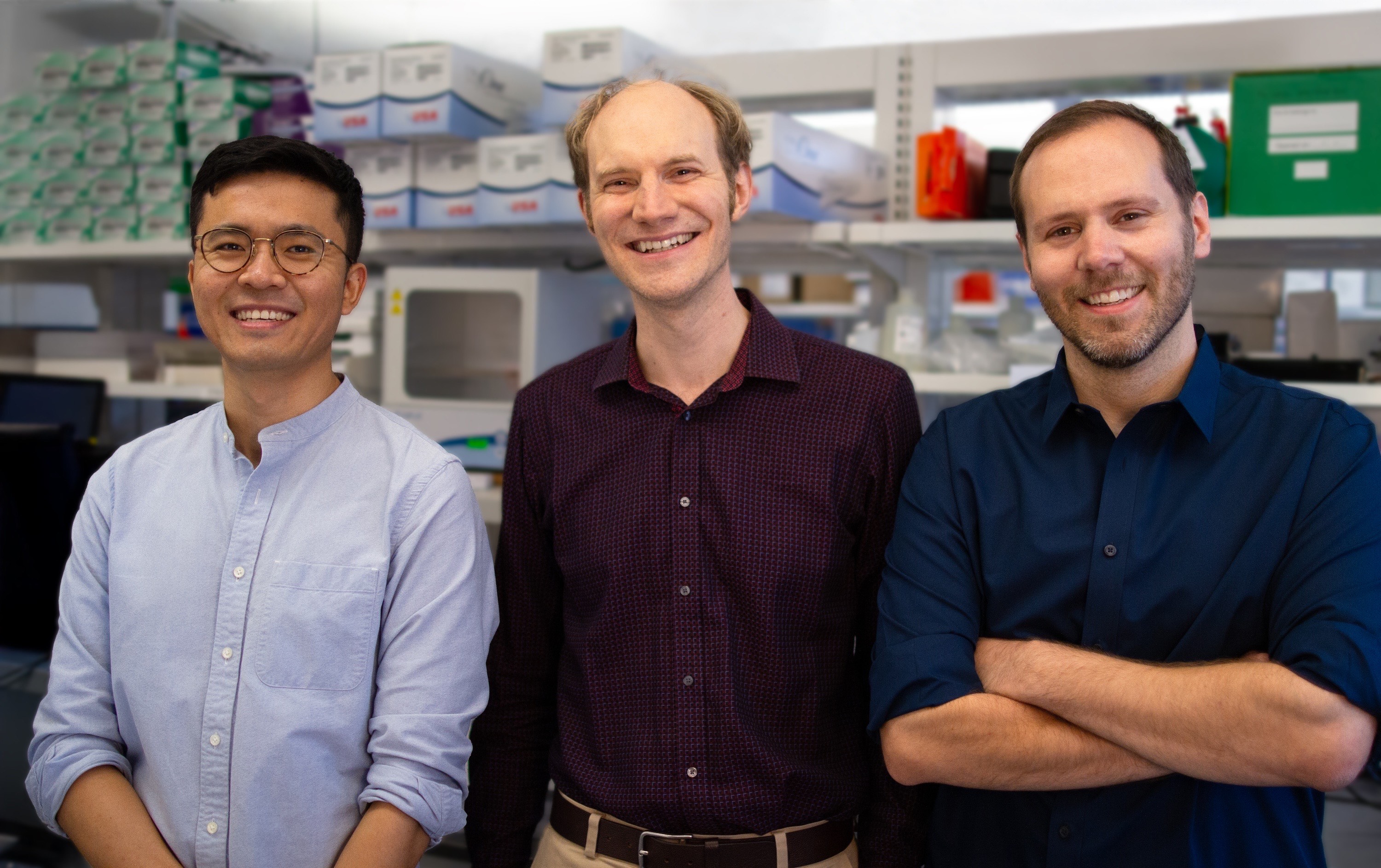
The CRISPR twins: bioethics for the gene-editing age
The CRISPR twins: bioethics for the gene-editing age
The discovery of CRISPR technology brought the bioethics of altering human DNA to the forefront. And rightly so. CRISPR is a powerful tool, potentially capable of changing who we are at our genetic core. In light of this, it is vital that we question not only how CRISPR works, but also how it should be used. Should the human genome be altered and if so, how much? How will we mitigate potential mistakes? Are “designer babies” acceptable? Should human embryos be edited at all? Tackling these questions will help ensure our genetic safety as CRISPR technology evolves.
The answer to the first question—should we alter human DNA—is unquestionably yes. It is near-certain that the next breakthroughs in therapeutic and preventive medicine will have their roots in genetic editing. Early trials for CRISPR cancer treatments are already underway. Outright cures for genetic diseases such as ALS and cystic fibrosis could be possible in the near future.
However, not all CRISPR applications are equal. Curing life-threatening illnesses is clearly a worthy goal. But creating so-called “designer babies”—babies genetically engineered to be smarter or better looking—leads straight into an ethical quagmire. Happily, the fear of engineered babies is easily assuaged. Scientists currently do not have the ability to control the myriad of factors that make up a unique individual, effectively tabling that debate for the foreseeable future. But there is another ethical aspect in the designer baby discussion besides constructing the next Mozart: embryonic gene editing.
Altering human embryos is murky because it changes the germline -- the DNA that is passed on through reproduction. Any mistakes or unintended consequences could permanently enter the human gene pool. Yes, if done correctly, this method could one day eliminate serious genetic diseases from the population. But what are the ramifications of medically non-critical germline editing?
This question jumped into breaking news headlines late last year when Dr. He Jiankui, a scientist with the Southern University of Science and Technology in Shenzhen, China, announced the birth of genetically modified twin girls. To date, there has been no published, peer-reviewed research to back this assertion or concrete proof of the twins’ existence. However, if it is true, it would be the first instance of genetically modified humans.

Dr. He claims to have deleted CCR5, a gene that makes humans susceptible to HIV. The embryos were edited in vitro and then implanted into the mother and carried to term. Dr. He discussed his reasoning for targeting CCR5 in a video published the same day the twins’ birth was announced. “CCR5 is one of the best-studied genes. In fact, about 100 million people have genetic variations that disable CCR5,” said Dr. He. He also explained that deleting CCR5 is relatively simple. Only a few letters of DNA need to be removed. In this way, his reasoning makes sense. Correcting the genetic mutation of a disease like muscular dystrophy is much more complex. Deleting CCR5 is theoretically much easier and safer. But should the experiment have been done in the first place?
While curing HIV is certainly a pressing medical need, the twins themselves were never actually at risk. Only the twin’s father is HIV positive. HIV transmission from father to child occurs only in very rare instances, and not in medically controlled environments.
In his video, Dr. He spoke of the experiment’s “real world medical value.” But there are much safer ways to prevent HIV, namely contraception. There are also clinical trials for CCR5 blocking medications. Dr. He’s experiment does not fill an unmet medical need for HIV prevention or treatment. Even he admitted that the procedure was only appropriate for a small number of people, not widescale use.
The backlash against Dr. He has been severe and almost entirely unanimous. Editing human embryos is outlawed in many parts of the world including the United States. Leading experts in the field, including CRISPR pioneer Jennifer Doudna, denounced the experiment as reckless, unnecessary and unethical. There is also reason to believe that the experiment itself was performed incorrectly. One of the twins may have mosaicism, meaning half of her cells have two copies of edited CCR5 and half carry two copies of her normal genes. Furthermore, there are serious concerns that the twins’ parents didn’t fully understand the nature of the experiment. Dr. He is now facing an investigation by the Shenzhen Medical Ethics Expert Committee.
Assuming the twins do exist, there is no way to truly prove they are immune to HIV. Their likelihood of contracting HIV was already low, even before Dr. He’s interference. If the twins live their whole lives HIV-free, it’s pretty much impossible to credit that to Dr. He.
In short, Dr. He took an enormous risk which may do more harm than good, not only to the twins but to CRISPR research worldwide. There is real concern that these kinds of rogue experiments could taint or even derail other, less dramatic but much-needed CRISPR research.
The scientific community has been aware of the dangers of unsanctioned genetic experiments for years and worked to establish guidelines. Dr. He’s experiment accelerated those discussions. The World Health Organization responded to the twins’ birth by establishing an expert panel to develop global standards for gene editing.
While the WHO’s work is intended for governments and other oversight organizations, the synthetic biology community also has a responsibility to self-regulate. This was one of the topics of discussion at SynBioBeta 2018. Twist Bioscience CEO Emily Leproust explained how her company, which 3D prints custom DNA, checks each order to make sure it will be used safely and responsibly. “If the CDC orders a strain of Ebola DNA, that’s OK,” said Leproust. “But if it is ordered for some P.O. box, that’s a no-go.”
Twist Bioscience’s vetting process is just one example of how synthetic biology companies can do their part to ensure powerful scientific technologies aren’t abused. It is important for scientists and synthetic biology entrepreneurs to keep tabs on how their work is used and to speak up if something becomes a concern. Much has been made about the conversations Dr. He had with other scientists, in particular, Dr. Matthew Porteus at Stanford. Dr. He confided in Dr. Porteus, and though Dr. Porteus strongly told Dr. He his work was unethical and reckless, neither he nor other scientists Dr. He spoke to reported him. Proper monitoring and vigilance are crucial in order for synthetic biology to help change the world, particularly when it comes to genome editing.
There is nothing fundamentally wrong with altering our DNA. After all, evolution has been key to our survival thus far. But, as promising as CRISPR is, we must proceed with caution, especially when it comes to germline editing. We cannot let our hearts out-race our knowledge or our abilities. Genetic changes we make today could potentially affect our entire species for generations to come.



.svg)





.png)



.jpg)

.gif)